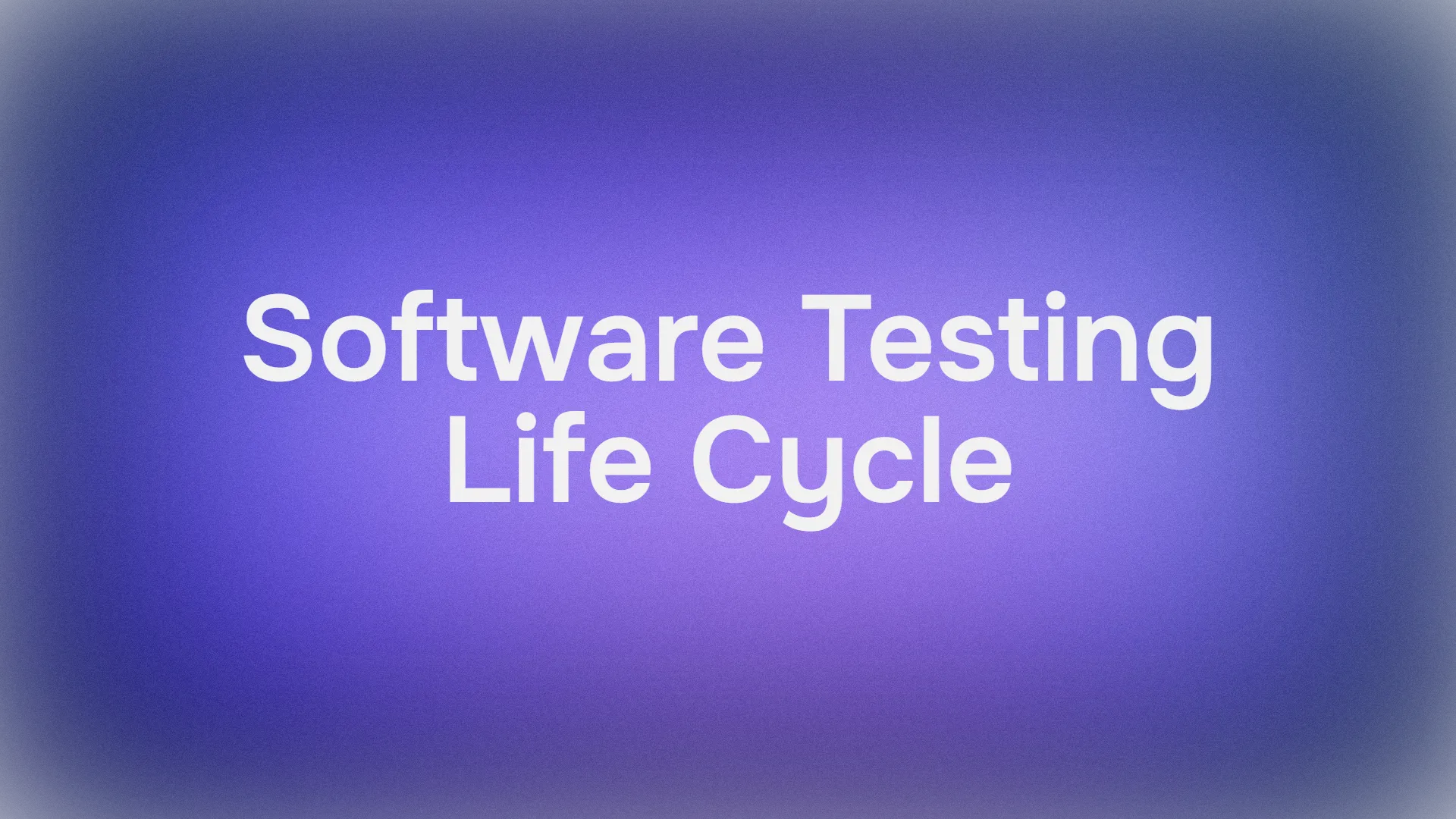In the digital age, APIs (Application Programming Interfaces) serve as the backbone of software communication, enabling disparate systems to exchange data and functionality seamlessly. However, this intricate interconnectivity comes with its vulnerabilities. API failures can disrupt this digital dialogue, leading to a cascade of issues that affect user experience, operational efficiency, and business outcomes. Understanding API failure, its causes, and remediation strategies is crucial for maintaining the integrity and reliability of digital services.
Elevate your API game with Apidog. Click Download now and start winning! 👇👇👇
What is API Failure?
API failure refers to any situation where an API does not perform as intended. This could range from returning incorrect data, and experiencing delays in response times, to being completely inaccessible. Such failures disrupt the normal flow of operations, potentially causing significant inconvenience to users and losses to businesses.
How Do I Track API Failure?
To mitigate the impact of API failures, it's essential to detect them early. Here's how you can keep tabs on API performance:
Implement Real-time Monitoring: Utilize tools that offer real-time insights into API performance, alerting you to failures as they happen.
Log Analysis: Maintain detailed logs of API transactions to help identify patterns or anomalies indicative of failures.
User Feedback: Encourage users to report issues they encounter. Sometimes, they're the first to notice something amiss.
Automated Testing: Regularly run a suite of automated tests to ensure APIs behave as expected under various conditions.
Performance Metrics: Track key performance indicators (KPIs) such as response times, error rates, and throughput to gauge API health.

6 Causes of API Failure
API failures can stem from a multitude of sources. Understanding these can help in both prevention and troubleshooting:
Network Issues: Connectivity problems can prevent APIs from being reached, whether due to internet outages, DNS failures, or network congestion.
Server Overload: High demand can overwhelm servers, leading to slow responses or timeouts.

Code Bugs: Errors in the API's code can cause unexpected behavior or crashes, particularly if edge cases haven't been adequately tested.
Security Restrictions: Overly aggressive security measures might inadvertently block legitimate API requests, mistaking them for attacks.
Dependency Failures: Many APIs rely on other services. If a dependent service fails, it can cascade, affecting the API's availability.
Configuration Errors: Incorrectly configured servers, databases, or the API itself can lead to failures, especially after updates or changes in the environment.

How to Fix API Failure
Resolving API failures efficiently requires a systematic approach to identifying the root cause and applying an appropriate fix. Here's how:
Quickly Identify the Issue: Use monitoring tools and logs to pinpoint the problem. Is it a spike in error responses, or has the API become unresponsive?
Assess the Severity and Impact: Determine how critical the failure is. Which services are affected? How does it impact users or business operations?
Isolate the Cause: Analyze logs, metrics, and system states to identify whether the issue is due to network problems, server capacity, code bugs, security settings, dependencies, or configuration errors.
Apply a Fix: Depending on the cause, the solution might involve optimizing code, scaling server resources, adjusting security settings, fixing configuration issues, or contacting third-party service providers.
Test the Solution: Before fully deploying the fix, test it in a controlled environment to ensure it resolves the issue without introducing new problems.
Roll Out the Fix: Once verified, deploy the solution. Use rolling updates or canary deployments to minimize impact if unforeseen issues arise.
Monitor for Stability: Continue to monitor the API closely following the fix to ensure the issue is fully resolved and no new problems have emerged.
Post-mortem Analysis: After resolving the issue, conduct a thorough review to understand what went wrong and how similar issues can be prevented in the future. Document lessons learned and update processes accordingly.
Apidog: Your Secret Weapon Against API Failure
In the complex web of digital communication, ensuring the reliability and efficiency of your APIs is paramount. This is where Apidog shines, serving as a powerful tool designed to safeguard your digital services against API failures. By offering real-time monitoring and actionable insights, Apidog empowers developers and businesses to maintain high-quality digital experiences. Here are the key features that make Apidog an indispensable asset:

Real-time Monitoring: Apidog provides continuous oversight of your APIs, ensuring they're always up and running.
Alert System: Receive immediate notifications when potential issues or failures are detected, enabling quick action.
Performance Analytics: Access comprehensive analytics to understand API performance trends and identify areas for optimization.
Diagnostic Tools: Utilize Apidog's diagnostic capabilities to quickly identify the root causes of API issues.
User Interface: A clean, intuitive dashboard makes monitoring and managing your APIs straightforward and hassle-free.
Proactive Prevention: With Apidog's early detection system, prevent issues before they escalate, ensuring uninterrupted service.
Conclusion
API failures are an inevitable part of the digital landscape, but their impact can be significantly mitigated through diligent monitoring, rapid response, and continuous improvement practices. By understanding the common causes of API failures and adopting a structured approach to resolution, developers and businesses can enhance the resilience and reliability of their digital services. Remember, the goal isn't just to fix problems as they arise but to evolve systems and processes to prevent future failures. In the ever-evolving world of technology, staying one step ahead is key to maintaining seamless, uninterrupted digital experiences.




